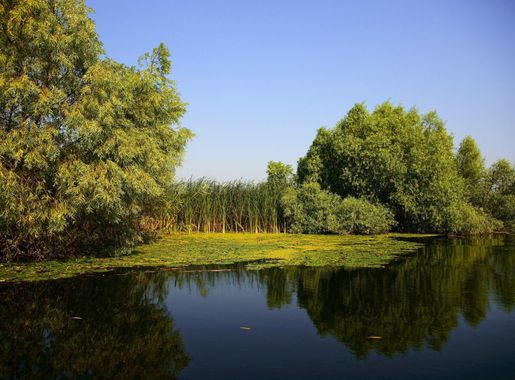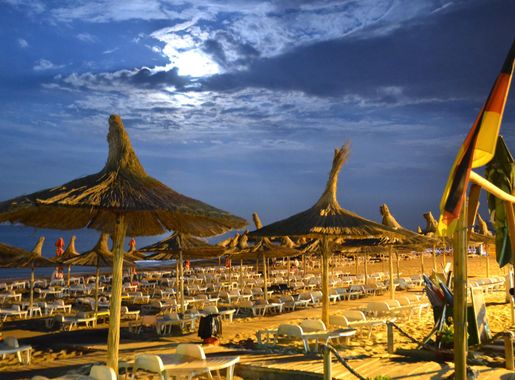
The Enchanting Black Sea Coast of Romania
Discover Romania's Black Sea Coast: A blend of pristine beaches, historical treasures, and vibrant seaside towns perfect for sun-seekers, history buffs, and nature lovers.
The Black Sea Coast of Romania is a hidden gem that offers a blend of natural beauty, rich history, and vibrant culture. Stretching over 275 kilometers, this coastal region boasts pristine beaches, charming seaside towns, and lush nature reserves. It is an ideal destination for sun-seekers, history buffs, and nature lovers alike. Constanța, the largest city on the Black Sea Coast, is a must-visit. It is home to the ancient port of Tomis, where you can explore historical sites such as the Roman Mosaic and the Great Mahmudiye Mosque. The city’s vibrant atmosphere is perfect for a leisurely stroll along the promenade, where you can enjoy stunning sea views and savor delicious local cuisine. For those looking to relax, the Black Sea Coast offers several popular beach resorts like Mamaia, Eforie Nord, and Vama Veche. Mamaia is known for its lively nightlife and wide sandy beaches, making it a favorite among young travelers. Eforie Nord is ideal for families, with its calm waters and therapeutic mud baths. Vama Veche, on the other hand, attracts a bohemian crowd with its laid-back vibe and artistic festivals. Nature enthusiasts will find the Danube Delta, a UNESCO World Heritage site, to be a paradise. Located near the northern end of the coast, the delta is a haven for wildlife, especially birds. Explore its intricate network of channels and lakes by boat, and immerse yourself in one of Europe’s most biodiverse regions.
Local tips in Black Sea Coast
- Visit during summer (June to August) for the best beach weather.
- Bring comfortable walking shoes for exploring historical sites in Constanța.
- Book boat tours in advance for exploring the Danube Delta.
- Try local seafood dishes at seaside restaurants for an authentic culinary experience.
- Carry sunscreen and hats to protect yourself from the strong summer sun.
The Enchanting Black Sea Coast of Romania
The Black Sea Coast of Romania is a hidden gem that offers a blend of natural beauty, rich history, and vibrant culture. Stretching over 275 kilometers, this coastal region boasts pristine beaches, charming seaside towns, and lush nature reserves. It is an ideal destination for sun-seekers, history buffs, and nature lovers alike. Constanța, the largest city on the Black Sea Coast, is a must-visit. It is home to the ancient port of Tomis, where you can explore historical sites such as the Roman Mosaic and the Great Mahmudiye Mosque. The city’s vibrant atmosphere is perfect for a leisurely stroll along the promenade, where you can enjoy stunning sea views and savor delicious local cuisine. For those looking to relax, the Black Sea Coast offers several popular beach resorts like Mamaia, Eforie Nord, and Vama Veche. Mamaia is known for its lively nightlife and wide sandy beaches, making it a favorite among young travelers. Eforie Nord is ideal for families, with its calm waters and therapeutic mud baths. Vama Veche, on the other hand, attracts a bohemian crowd with its laid-back vibe and artistic festivals. Nature enthusiasts will find the Danube Delta, a UNESCO World Heritage site, to be a paradise. Located near the northern end of the coast, the delta is a haven for wildlife, especially birds. Explore its intricate network of channels and lakes by boat, and immerse yourself in one of Europe’s most biodiverse regions.
When is the best time to go to Black Sea Coast?
Iconic landmarks you can’t miss
Bran Castle
Discover the enchanting Bran Castle, a medieval fortress steeped in history and legend, nestled in the heart of Transylvania's beautiful landscapes.

The Touristic Port
Discover the beauty and vibrancy of Constanța's Touristic Port, where maritime adventures and local culture come together for an unforgettable experience.

Black Sea
Explore the stunning Black Sea, where sandy beaches meet rich history and vibrant culture for an unforgettable travel experience.

The Casino of Constanța
Explore the Casino of Constanța, a stunning historical landmark on the Black Sea, reflecting the grandeur of early 20th-century architecture.

Acvariul din Constanța
Explore the captivating marine life at Acvariul din Constanța, a family-friendly aquarium showcasing the beauty of the Black Sea and beyond.
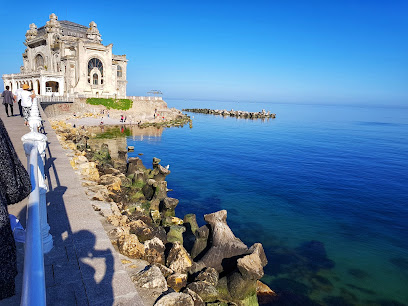
The Roman Arenas
Explore the stunning Roman Arenas in Bucharest, an iconic amphitheater and cultural hotspot nestled in the scenic Parcul Carol.
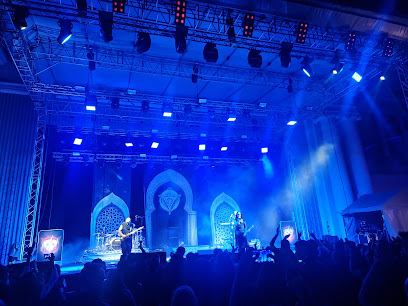
Corbu Beach
Experience the beauty of Corbu Beach, a serene public beach on Romania's Black Sea coast, perfect for relaxation, swimming, and seaside adventures.

Reyna Restaurant
Experience exquisite cuisine and breathtaking views at Reyna Restaurant, the perfect destination for food lovers in Constanța, Romania.
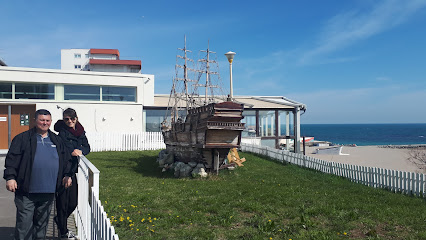
Ovidius Square
Explore Ovidius Square, a historical gem in Constanța, Romania, rich in culture, architecture, and vibrant coastal life.
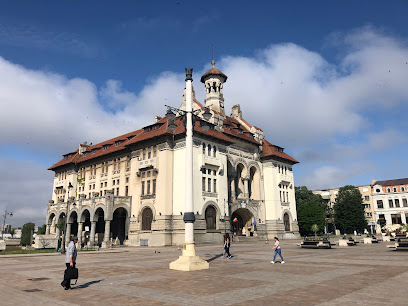
Ovid Square
Discover Ovid Square in Constanța, a historical landmark filled with culture, stunning architecture, and vibrant local life by the Black Sea.
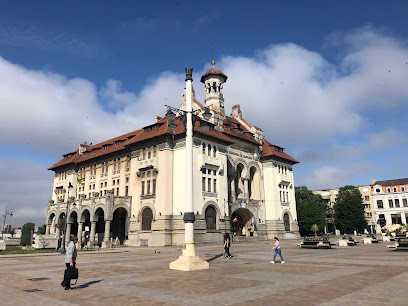
Museum of National History and Archeology
Discover Romania's vibrant history at the Museum of National History and Archeology in Constanța, featuring ancient artifacts and rich cultural narratives.
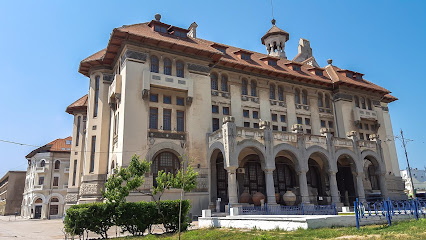
Vama Veche Beach
Discover the enchanting Vama Veche Beach, where vibrant culture meets serene natural beauty on Romania's stunning Black Sea coast.
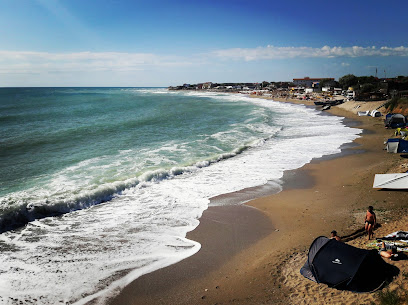
Plaja 2 Mai
Experience the tranquil beauty of Plaja 2 Mai, a serene beach on Romania's Black Sea coast, perfect for relaxation and exploration.
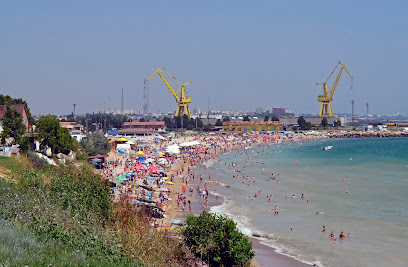
Dimum - Ancient Customs of Moesia
Explore Dimum, the ancient customs of Moesia in Belene, Bulgaria, where history and culture come alive amidst stunning archaeological ruins.
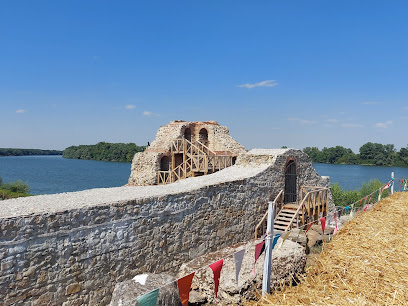
Jupiter Beach
Discover the beauty of Jupiter Beach in Romania, where golden sands meet crystal-clear waters for a perfect beach getaway.
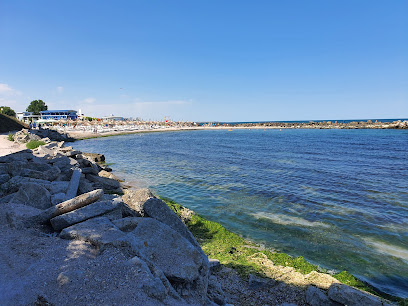
Unmissable attractions to see
Mangalia Marina
Discover the charm of Mangalia Marina, a scenic coastal getaway with stunning views, vibrant activities, and a peaceful atmosphere along the Black Sea.
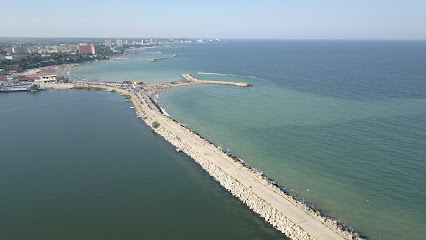
Acvariul din Constanța
Explore the vibrant marine life at the Acvaryum in Constanța, where education meets adventure in an unforgettable underwater experience.
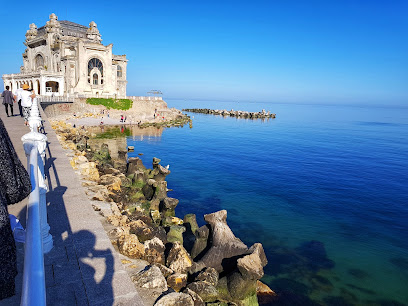
Corbu Beach
Experience the serene beauty of Corbu Beach, a hidden gem on Romania's coast, perfect for relaxation and picturesque sunsets.

Zoom Beach
Discover the vibrant atmosphere of Zoom Beach, a stunning tourist attraction in Constanța, where relaxation meets lively beachside entertainment.
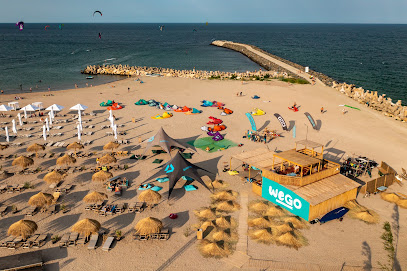
Paradis Land
Experience the excitement of Paradis Land, an amusement park in Neptun with thrilling rides, challenging escape rooms, and fun for the whole family.
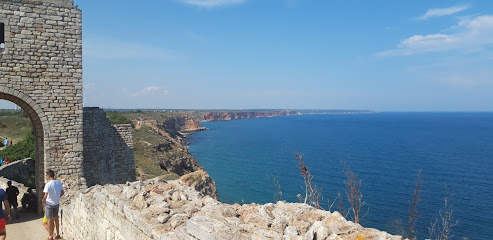
Obeliscul Alex Matei din Costinești
Discover the historic Obeliscul Alex Matei in Costinești, a magnificent monument offering breathtaking views and deep cultural significance on Romania's Black Sea coast.
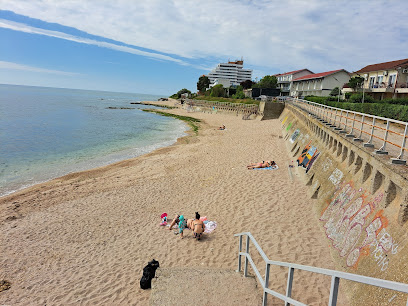
Mangalia Beach
Experience the serene beauty of Mangalia Beach, where soft sands meet the azure waves of the Black Sea and adventure awaits.
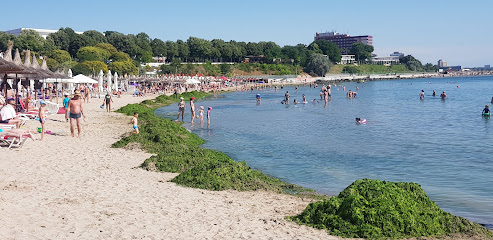
23 August Beach
Discover the serene beauty of 23 August Beach, a hidden gem along Romania's Black Sea coast, perfect for relaxation and natural exploration.
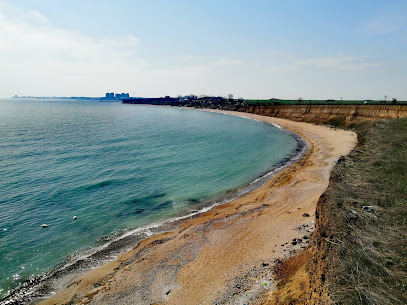
Cape Doloșman
Explore the breathtaking cliffs and diverse wildlife at Cape Doloșman, a must-visit national park on Romania's Black Sea coast.
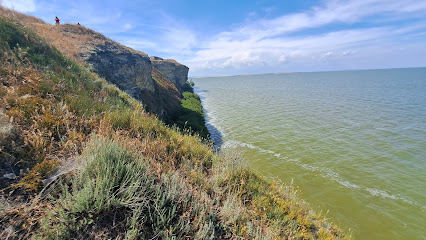
Trovanți (Babele de la Ulmet)
Explore the mystical Trovanți formations at Babele de la Ulmet—an extraordinary natural attraction in Romania's Bozioru region.
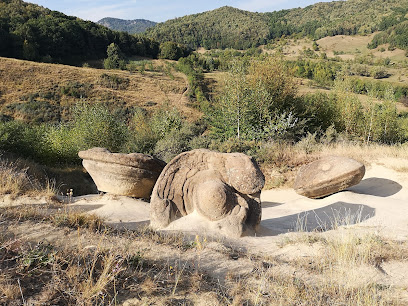
Mystic Beach City
Experience the tranquil beauty of Mystic Beach City, where the golden sands meet the inviting waters of the Black Sea in Constanța.
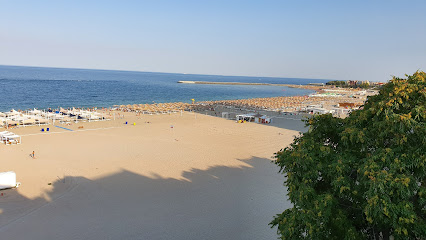
Diana Beach Saturn
Discover the tranquility of Diana Beach in Saturn, where soft sands and clear waters create the perfect escape along Romania's Black Sea coast.
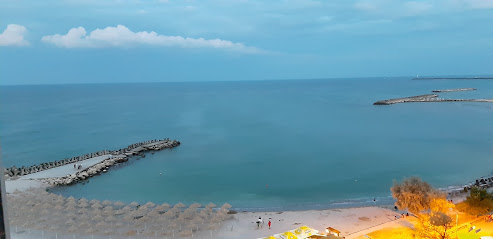
The Ancient City of Argamum
Discover the Ancient City of Argamum, an archaeological wonder by the Black Sea, revealing Romania's rich history and breathtaking landscapes.

Eforie Sud Park
Discover tranquility and breathtaking sea views at Eforie Sud Park, a beautiful coastal escape in Romania's charming seaside town.
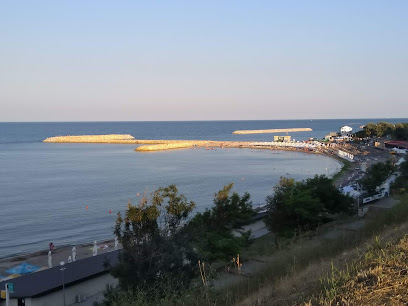
Evangelia Shipwreck
Discover the haunting beauty of the Evangelia Shipwreck in Costinești, a captivating maritime relic on the stunning Black Sea coast.
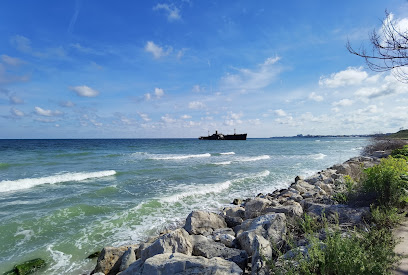
Essential places to dine
Cherhanaua TAŞAUL
Savor exquisite seafood at Cherhanaua TAȘAUL – where fresh flavors meet breathtaking views along Romania's stunning Black Sea coast.
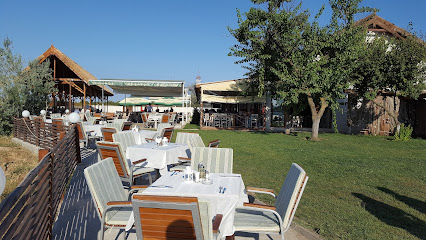
Gerendás Panzió
Discover authentic Hungarian cuisine at Gerendás Panzió in Ghindari—where every meal is a taste of tradition and warmth.
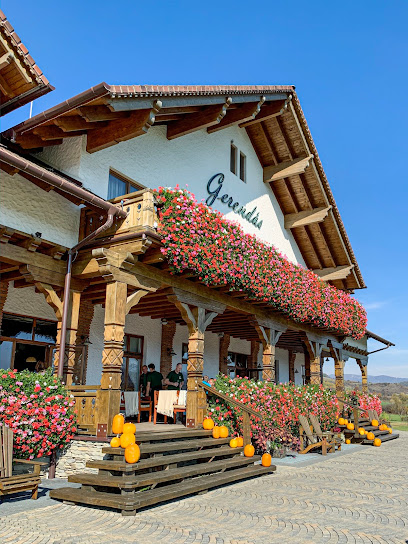
Pizzeria della Nonna
Discover authentic Italian flavors at Pizzeria della Nonna in Brașov – where every pizza tells a story!

Irish Pub
Discover authentic Irish cuisine and vibrant nightlife at Constanța's favorite pub—perfect for travelers seeking local flavor.
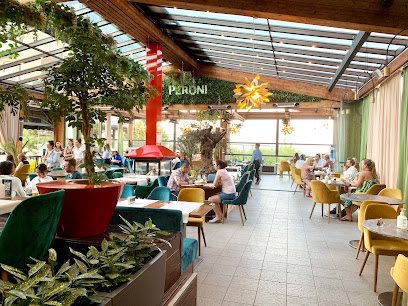
Marco Polo
Experience authentic Italian cuisine at Marco Polo in Constanța - where every meal is a journey through Italy's rich culinary heritage.
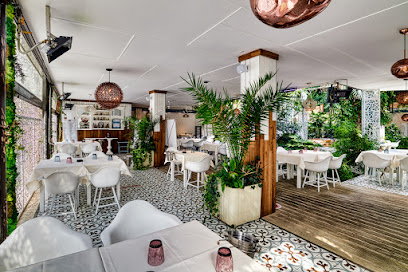
Micul Golf
Experience exceptional dining at Micul Golf with stunning views of the Black Sea and delectable Romanian cuisine in 2 Mai.
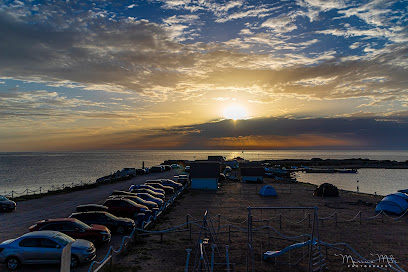
PUIU'S (Cazemata)
Experience exquisite seafood dining at PUIU'S (Cazemata), where fresh flavors meet stunning views along the Black Sea coast.
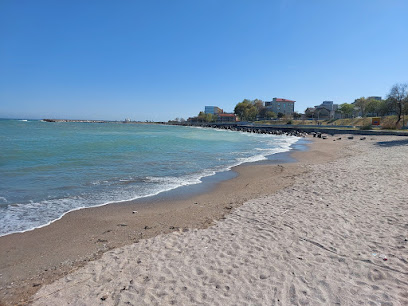
Ramayana
Experience authentic Indian flavors at Ramayana in Sinaia—where culinary artistry meets vibrant culture.
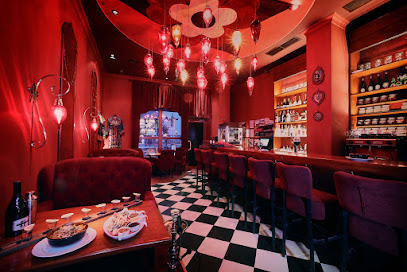
La Petya
Discover the exquisite flavors of Romania at La Petya - where culinary tradition meets modern dining in 2 Mai.
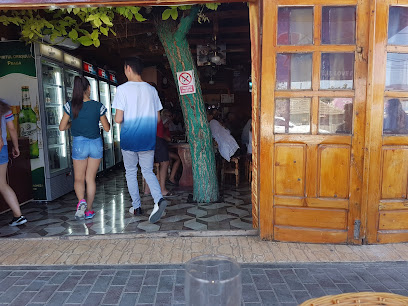
Hanul din Tulgheș
Discover the flavors of Romania at Hanul din Tulgheș - where traditional cuisine meets warm hospitality in Sibiu.
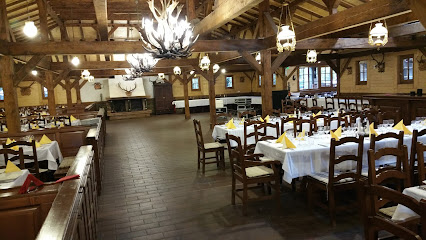
Hanul cu Pește
Discover Hanul cu Pește in Mamaia-Sat: where fresh seafood meets breathtaking views and warm hospitality.
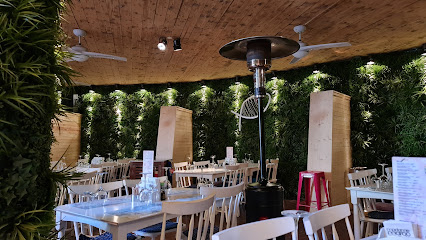
Reyna
Experience exquisite Mediterranean cuisine at Reyna in Constanța - where every meal is a celebration of flavor and hospitality.

Blue Acqua Restaurant - Faleza Mamaia
Discover exquisite seafood dishes at Blue Acqua Restaurant on Faleza Mamaia with stunning sea views and a vibrant atmosphere.
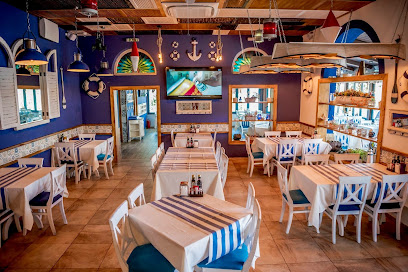
IpaNera Restaurant, Cocktail bar & Beach
Experience exquisite dining at IpaNera Restaurant with breathtaking beach views and signature cocktails in Constanța's Mamaia.
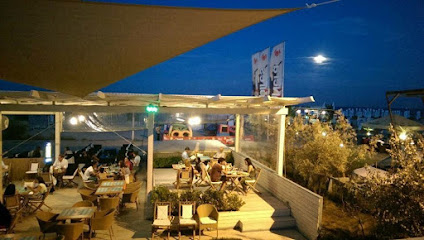
Amasi
Experience the vibrant flavors of Lebanon at Amasi in Brașov - where tradition meets modernity in every dish.
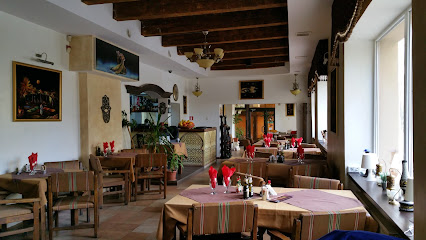
Markets, malls and hidden boutiques
AFI Cotroceni
Discover AFI Cotroceni, Bucharest's ultimate shopping mall with diverse stores, entertainment, and dining options for an unforgettable experience.
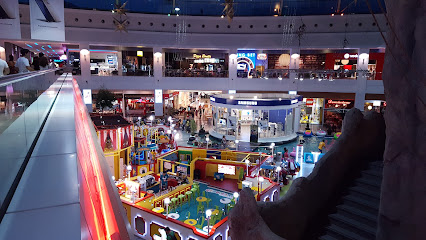
Băneasa Shopping City
Explore Băneasa Shopping City in Bucharest for an unforgettable shopping experience with luxury brands, delicious dining, and vibrant entertainment.
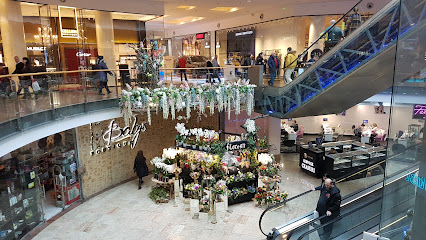
Palas Iasi
Explore Palas Iasi, a premier shopping mall in Romania featuring diverse shops, delectable dining, and vibrant entertainment options for all ages.
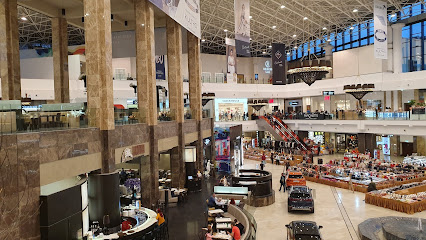
City Park Mall
Explore City Park Mall in Constanța, where shopping, dining, and entertainment come together for an unforgettable experience.
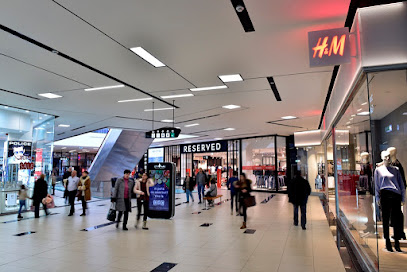
Coresi Shopping Center
Explore Coresi Shopping Center in Brașov for a unique blend of shopping, dining, and entertainment experiences in a vibrant atmosphere.
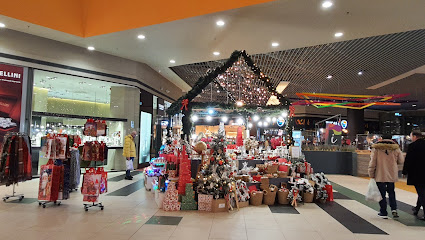
Iulius Mall
Discover the ultimate shopping experience at Iulius Mall in Cluj-Napoca, where fashion, food, and fun come together for an unforgettable visit.

Sun Plaza
Experience the vibrant shopping scene at Sun Plaza in Bucharest, where modern retail meets diverse dining options in a lively atmosphere.
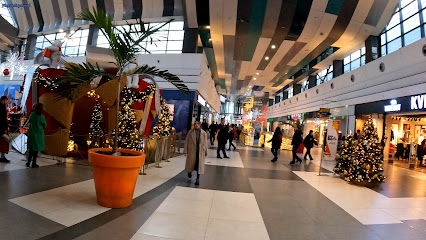
Promenada
Discover the ultimate shopping and dining experience at Promenada, Bucharest's premier shopping mall with luxury brands and local flavors.
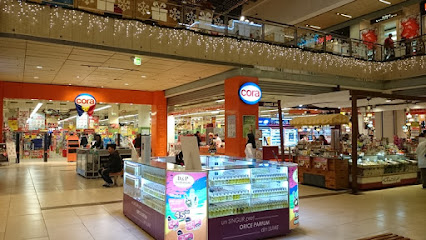
Shopping City Timișoara
Explore Shopping City Timișoara, where shopping meets entertainment in a vibrant atmosphere, perfect for tourists and locals alike.
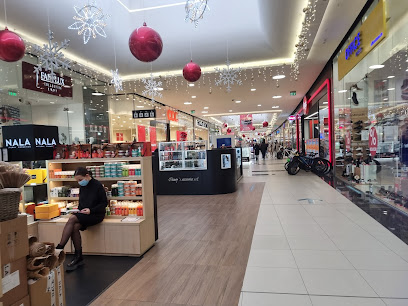
Bucharest Mall
Experience the best of shopping and entertainment at Bucharest Mall, a premier destination in Romania's vibrant capital.
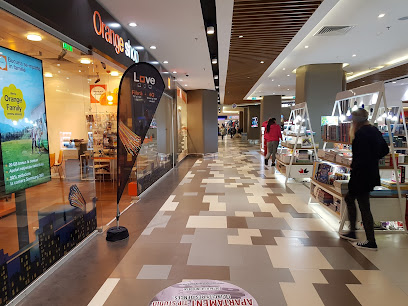
Iulius Town
Discover Iulius Town in Timișoara, a premier shopping mall featuring diverse stores, dining options, and beautiful parks for a complete day out.

Lotus Center
Discover a vibrant shopping experience at Lotus Center in Oradea, Romania, featuring local boutiques, international brands, and diverse dining options.
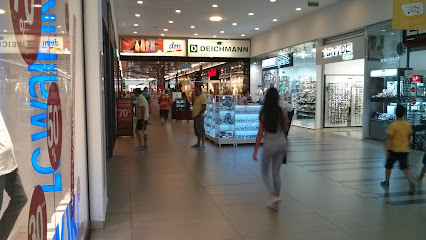
The Casino of Constanța
Discover the historic allure of the Casino of Constanța, a stunning landmark overlooking the Black Sea, blending rich heritage with breathtaking views.
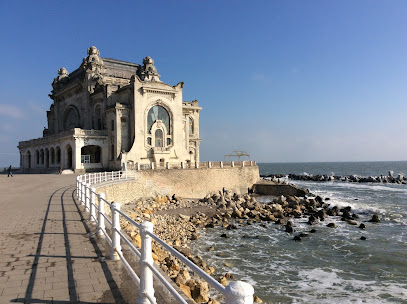
Leroy Merlin
Explore Leroy Merlin in Șelimbăr for all your home improvement and DIY needs, featuring a vast array of products and expert assistance.

Tomis Mall
Discover Tomis Mall, a vibrant shopping haven in Constanța, offering a blend of retail stores, dining options, and entertainment for all ages.
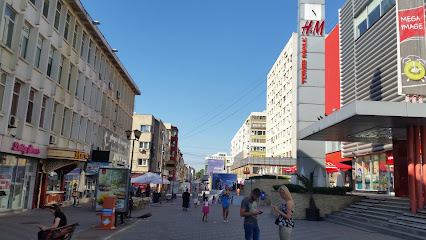
Essential bars & hidden hideouts
Barrels Pub
Discover the lively atmosphere of Barrels Pub in Constanța, where delicious food and drinks meet vibrant nightlife and friendly locals.
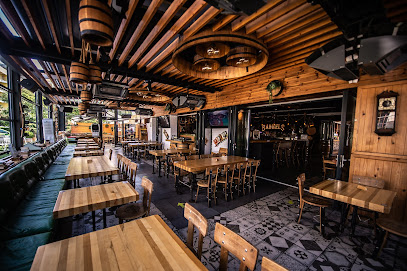
Zoom Beach
Experience the vibrant atmosphere of Zoom Beach in Constanța, where sun, sea, and socializing come together for unforgettable summer days.
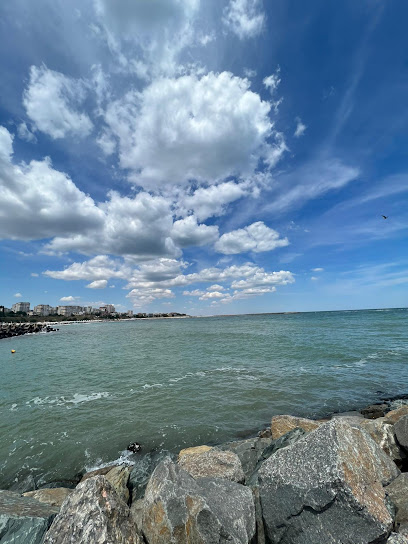
Irish Pub
Irish Pub in Constanța: Enjoy authentic Irish cuisine and a lively atmosphere by the beautiful Black Sea, perfect for tourists and locals alike.
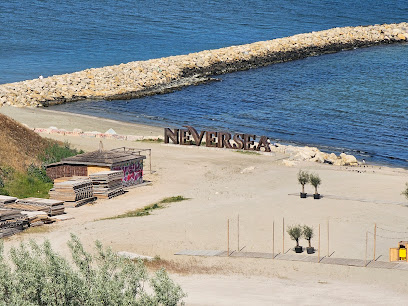
Princess Summer Club & Beach Mamaia
Discover the vibrant atmosphere of Princess Summer Club & Beach Mamaia, where relaxation meets nightlife in a stunning seaside setting.
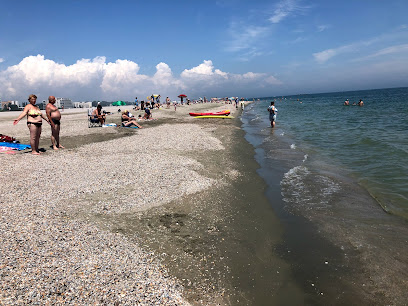
IpaNera Restaurant, Cocktail bar & Beach
Discover the perfect blend of fine dining and beachside relaxation at IpaNera Restaurant, Cocktail Bar & Beach in Constanța's Mamaia district.
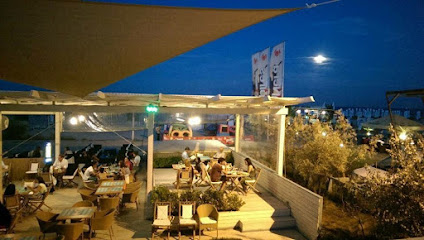
The Couch Bistro Pub
Experience the vibrant atmosphere and diverse culinary offerings at The Couch Bistro Pub, a top destination in Constanța's Mamaia area.
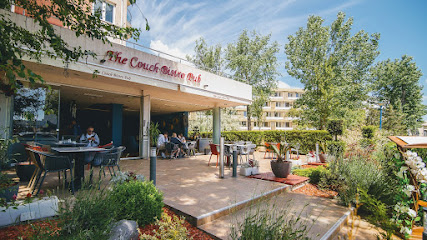
Fratelli Beach & Ristorante
Experience luxury dining and vibrant nightlife at Fratelli Beach & Ristorante, the ultimate coastal escape in Mamaia, Romania.
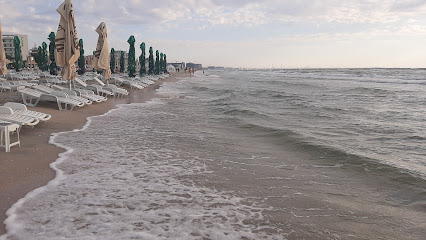
Kazeboo
Discover Kazeboo, the ultimate restaurant and event venue in Mamaia-Sat for exquisite dining, lively entertainment, and a refreshing poolside experience.
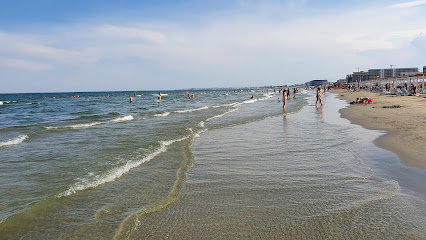
Crazy Beach
Discover the culinary delights of Crazy Beach in Constanța, a vibrant restaurant with stunning views and a diverse menu for every taste.
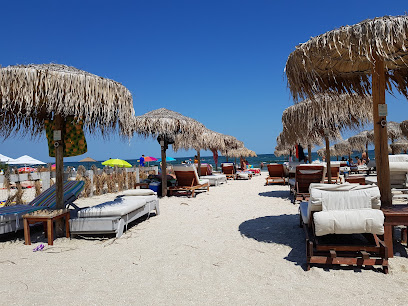
BOTANICA
Explore Botanica in Constanta, a cocktail bar and coffee shop that pairs vibrant atmosphere with handcrafted drinks for an unforgettable experience.
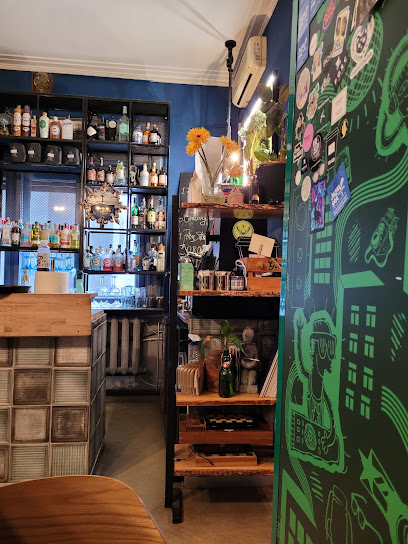
Harvey's Irish Pub
Discover the authentic flavors and lively atmosphere of Harvey's Irish Pub in Mangalia, where every meal is a celebration of Irish culture.
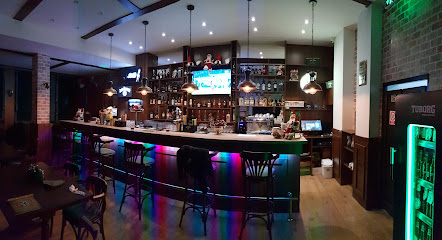
Ohi Ohi
Discover Ohi Ohi, the perfect gastropub in Mamaia-Sat, combining delicious cuisine and a vibrant bar atmosphere by the Black Sea.
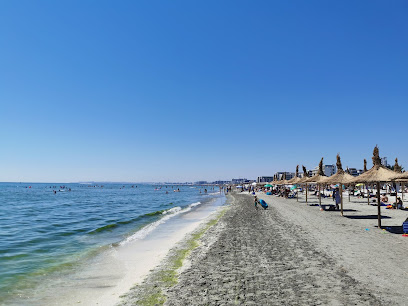
YoLo
Experience the vibrant atmosphere of YoLo, Vama Veche's premier beach bar, known for its lively parties, delicious cocktails, and stunning seaside views.
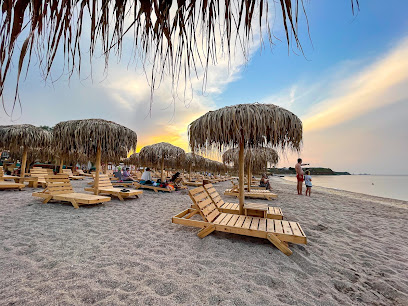
Infinity Beach Mamaia
Discover the vibrant ambiance of Infinity Beach Mamaia, where relaxation meets excitement along Romania's stunning coastline.
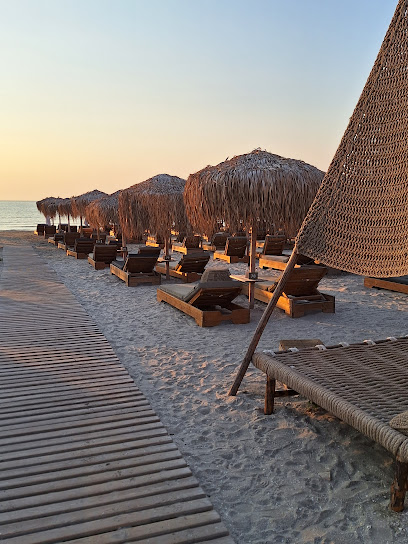
Sky View Bar Mamaia
Experience the best cocktails and breathtaking views at Sky View Bar Mamaia, where every sip is paired with stunning panoramas of the Black Sea.
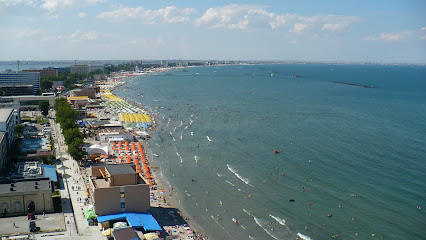
Local Phrases about Black Sea Coast
-
- HelloSalut
[sah-LOOT] - GoodbyeLa revedere
[lah reh-veh-DEH-reh] - YesDa
[dah] - NoNu
[noo] - Please/You're welcomeTe rog
[teh rohg] - Thank youMulțumesc
[mool-tzoo-MESK] - Excuse me/SorryScuzați-mă
[skoo-ZA-tzuh muh] - How are you?Ce mai faci?
[cheh my fahch?] - Fine. And you?Bine. Și tu?
[bee-neh. shee too?] - Do you speak English?Vorbiți engleză?
[vor-BEETZ een-GLEH-zuh?] - I don't understandNu înțeleg
[noo uhn-tseh-leg]
- HelloSalut
-
- I'd like to see the menu, pleaseAș dori să văd meniul, vă rog
[ush doh-REE suh vad meh-NYOOHL, vuh rohg] - I don't eat meatNu mănânc carne
[noo muh-NAHNC KAR-neh] - Cheers!Noroc!
[noh-ROHK] - I would like to pay, pleaseAș dori să plătesc, vă rog
[ush doh-REE suh PLAH-tesk, vuh rohg]
- I'd like to see the menu, pleaseAș dori să văd meniul, vă rog
-
- Help!Ajutor!
[ah-ZHOO-tor] - Go away!Du-te!
[doo-teh] - Call the Police!Sunați Poliția!
[soo-NAHTS poh-LEE-tsee-ah] - Call a doctor!Sunați un doctor!
[soo-NAHTS oon dohk-TOHR] - I'm lostM-am rătăcit
[mahm ruh-tuh-CHEET] - I'm illSunt bolnav
[soont bohl-NAHV]
- Help!Ajutor!
-
- I'd like to buy...Aș dori să cumpăr...
[ush doh-REE suh KOOM-puhr] - I'm just lookingDoar mă uit
[dwahr muh ooit] - How much is it?Cât costă?
[kaht kohs-TUH?] - That's too expensiveEste prea scump
[ehs-teh prah scoomp] - Can you lower the price?Puteți să scădeți prețul?
[poo-TEHTZ suh skuh-DEHTS pretz-OOL]
- I'd like to buy...Aș dori să cumpăr...
-
- What time is it?Cât este ceasul?
[kaht yehs-teh chyah-SOOL?] - It's one o'clockEste ora unu
[ehs-teh oh-rah oon-oo] - Half past (10)Jumătate (la zece)
[zhoo-muh-TAH-teh (lah ZEH-che)] - MorningDimineața
[dee-mee-NYAH-tsa] - AfternoonDupă-amiază
[doo-puh ah-mee-ah-ZAH] - EveningSeara
[seh-AH-rah] - YesterdayIeri
[yehr] - TodayAstăzi
[ahs-TUHZ] - TomorrowMâine
[muh-YEH-neh] - 1Unu
[oo-NOO] - 2Doi
[doy] - 3Treisprezece
[tray-speh-ZEH-che] - 4Patru
[PAH-troo] - 5Cinci
[cheench] - 6Șase
[shah-seh] - 7Șapte
[shahp-teh] - 8Opt
[opt] - 9Nouă
[noo-uh] - 10Zece
[zeh-che]
- What time is it?Cât este ceasul?
-
- Where's a/the...?Unde este...?
[oon-deh yehs-teh] - What's the address?Care este adresa?
[kah-reh yehs-teh ah-DREH-sah] - Can you show me (on the map)?Puteți să-mi arătați (pe hartă)?
[poo-TEHTZ suh-mee ah-RAH-tahtz (peh hahr-TUH)] - When's the next (bus)?Când este următorul (autobuz)?
[kahnd yehs-teh oor-MAH-toh-rool (ow-toh-BOOZ)] - A ticket (to ....)Un bilet (către ....)
[oon bee-LET (kuh-treh)]
- Where's a/the...?Unde este...?
History of Black Sea Coast
-
In the 7th century BC, the ancient Greeks established colonies along the Black Sea coast, including Tomis (now Constanța) and Callatis (now Mangalia). These settlements became thriving centers of trade and culture, linking the Greek world with the local Thracian tribes.
-
In the 1st century AD, the Romans conquered the region and integrated it into the province of Moesia. Tomis was renamed Constantiana in honor of Emperor Constantine the Great's sister. The city flourished as a significant port and trading hub under Roman rule, and remnants of Roman baths, mosaics, and other structures can still be seen today.
-
Following the fall of the Western Roman Empire, the Black Sea coast came under the control of the Byzantine Empire. The area continued to thrive as a crossroads of trade and culture. The city of Tomis, known as Constantiana, maintained its strategic importance, evidenced by numerous Byzantine fortifications and religious structures.
-
During the medieval period, the Black Sea coast was a contested region, with influences from Bulgarians, Tatars, and the Ottoman Empire. By the 13th century, the Genoese established trading posts in the area, enhancing the region's economic significance. They traded goods such as grain, fish, and wine, leaving an indelible mark on local commerce.
-
In the 15th century, the Ottomans conquered the Black Sea coast, incorporating it into their vast empire. The region remained under Ottoman control for several centuries, during which time the coastal cities continued to develop. Ottoman architecture, such as mosques and baths, can still be seen in towns like Mangalia and Constanța.
-
Following the Russo-Turkish War of 1877-1878, Romania gained independence, and the Black Sea coast became an integral part of the new nation. The port city of Constanța experienced significant growth, becoming Romania's primary maritime gateway. Today, the coast is a popular tourist destination, renowned for its historical sites, cultural heritage, and stunning beaches.
Black Sea Coast Essentials
-
The Black Sea Coast in Romania is accessible via several means. The nearest major airport is Mihail Kogălniceanu International Airport near Constanța, which offers both domestic and international flights. Alternatively, travelers can fly into Bucharest Henri Coandă International Airport and then take a train or bus to the coast. From Bucharest, the journey to Constanța by train takes about 2.5 hours. Bus services are also available, and driving is another option for those who prefer a road trip.
-
Public transportation along the Black Sea Coast is efficient and affordable. Trains connect major cities like Constanța, Mangalia, and others, with frequent services during the summer months. Buses and minibuses (maxi-taxis) provide connections between smaller towns and resorts. Taxis are readily available but ensure to use registered taxis and agree on a fare beforehand. Car rentals are an option for those who want more flexibility in their travel plans.
-
The official currency in Romania is the Romanian Leu (RON). Credit and debit cards are widely accepted in hotels, restaurants, and larger shops, but it is advisable to carry some cash for smaller establishments and markets. ATMs are plentiful in larger towns and tourist areas, but make sure to inform your bank of your travel plans to avoid any issues with card usage.
-
The Black Sea Coast is generally safe for tourists, but it's always wise to take standard precautions. Petty crimes like pickpocketing can occur in crowded areas, so keep an eye on your belongings. Avoid walking alone late at night in unfamiliar or poorly lit areas. There are no specific high-crime areas targeting tourists, but it's always best to remain vigilant.
-
In case of an emergency, dial 112 for immediate assistance, which covers police, fire, and medical emergencies. Hospitals and medical clinics are available in major towns like Constanța. It is highly recommended to have travel insurance that covers medical emergencies. Pharmacies are widely available for minor health issues and over-the-counter medications.
-
Fashion: Do dress comfortably but modestly, especially when visiting religious sites. Avoid overly revealing clothing. Religion: Do respect local religious practices. When visiting churches, dress conservatively and cover your head if required. Public Transport: Do validate your ticket when using public transport. Don't eat or drink on public transport. Greetings: Do greet people with a handshake. Romanian people appreciate politeness and formal greetings. Eating & Drinking: Do try local dishes and accept food offerings graciously. Don't refuse hospitality as it is considered rude.
-
To experience the Black Sea Coast like a local, visit the traditional markets where you can purchase fresh produce and local crafts. Engage with the locals, who are often friendly and eager to share stories about their region. Don't miss the chance to explore lesser-known beaches and coastal villages for a more authentic experience. Try local seafood dishes and wines, and participate in local festivals and events to immerse yourself in the culture.
Trending Landmarks in Black Sea Coast
Nearby Cities to Black Sea Coast
-
Things To Do in Varna
-
Things To Do in Shumen
-
Things To Do in Focsani
-
Things To Do in Bucharest
-
Things To Do in Burgas
-
Things To Do in Ruse
-
Things To Do in Brasov
-
Things To Do in Tiraspol
-
Things To Do in Gabrovo
-
Things To Do in Pitesti
-
Things To Do in Chișinău
-
Things To Do in Stara Zagora
-
Things To Do in Pleven
-
Things To Do in Iasi
-
Things To Do in Râmnicu Vâlcea



